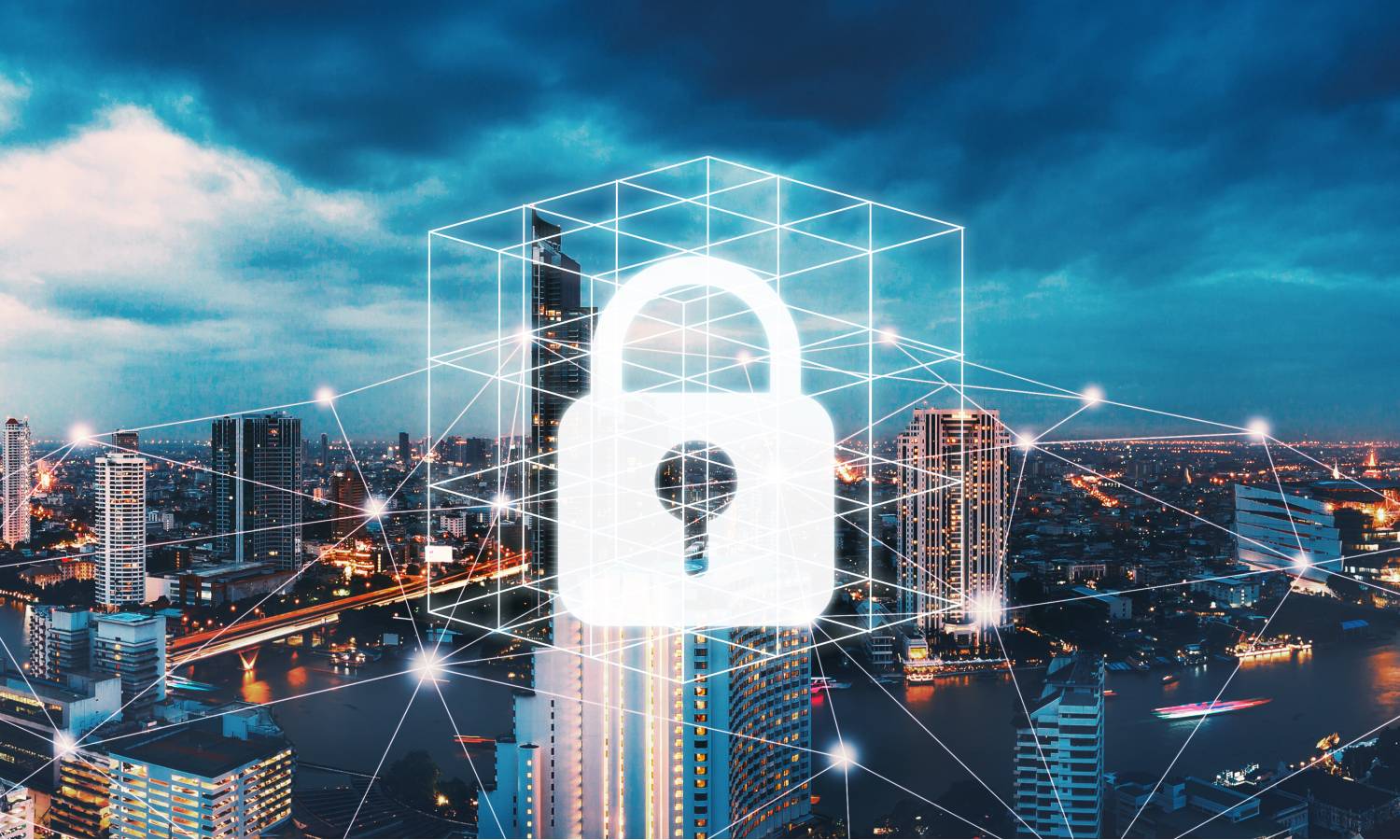Morphean CEO, Rodrigue Zbinden, considers the need for a greater focus on security and health & safety in today’s smart buildings and cities, and looks at the technology at hand.
While it has been responsible for huge disruption, COVID-19 has also been a major contributing factor to the acceleration of the digital transformation agenda that is now bringing huge improvements to a wide range of industries and sectors. Even those most sceptical of cloud technology and its great potential have embraced it due to its ability to keep businesses afloat and people connected during the direst times of the pandemic.
Today’s smart constructs bring together a wealth of cloud-enabled sensors and devices, working in collaboration for the benefit of modern citizens to ultimately improve quality of life. Yet with crime and physical threats on the rise, it is cloud-enabled physical security technologies, connected as devices through the internet of things (IoT), that now have a critical role to play in protecting premises, assets and people, while delivering powerful insights to benefit the smart environment.
Evolving surveillance and access control
Traditional CCTV was a standalone, analogue system, while access control required direct human intervention to physically monitor and control access points. By contrast, video surveillance as-a-service (VSaaS) and access control as-a-service (ACaaS) are fully automated, cloud-based intelligent smart security solutions. To better understand the impact of this migration to the cloud and uptake of cloud-enabled systems, Morphean commissioned a survey of 1000 senior decision makers across the UK, Germany and Sweden. A significant 70% of survey respondents agreed that the pandemic had actually increased the necessity/urgency for businesses to adopt VSaaS and ACaaS.
As an example of its use, consider an access control solution which is linked to HR staff records in a busy office, or guest booking records in a hotel. The system can check the swipe of an access card or use of a QR code on a mobile phone screen, against the digital records. Using advanced diagnostic capabilities, any attempt at unauthorised entry will trigger an automated alert to the authorities. Additionally, surveillance cameras can be incorporated to provide secondary authentication through visual clarification of an individual’s identity, further enhancing the security provision.
This integration of physical technology and cloud connectivity proves a powerful combination and also facilitates remote management of premises. When many buildings were left vacant during multiple lockdowns as a result of the pandemic, or manned by only essential key workers, security and operations teams benefitted from having on-site visibility through remote management of sites. This removed the need to contravene social distancing and lockdown regulations, with data from the access control and video surveillance systems viewed on a mobile device and providing an overarching view of the environment.
Unlocking operational insights
95% of those surveyed agreed that if an existing security system could deliver insights beyond security to assist decision making it would influence adoption. The possibilities for such use span industries and sectors, and there are many examples of implementation within smart building design. Within a modern intelligent office environment, video surveillance technologies can ensure that employees do not breach health and safety guidelines, while competitive advantage can be created by understanding working preferences or how employees move around the building, derived from a combination of access control and video data. The resulting intelligence may influence hot desking and home working policies, or the introduction of energy efficient lighting applications.
In a busy retail environment, sensors installed at entrance points can keep a log of the number of people within the building, sounding an alarm or pre-recorded voice alert through digital audio speakers if the maximum occupancy level is in danger of being exceeded. Inside the store, data obtained from surveillance cameras and combined with access control information from the stock room, allows facilities and operations managers to make decisions around product placement, the allocation of staff, and a number of other factors which can help increase productivity and enable the business to run more efficiently. The extraction of data and ability to use it to inform decision making has benefits across multiple facets of the smart environment.
A business model for a smarter future
One of the key benefits of implementing VSaaS and ACaaS, is its ability to facilitate simple customisation and provide a flexible, scalable solution to meet evolving requirements. VSaaS and ACaaS are offered ‘as-a-service’, meaning a move toward an operational expenditure model, rather than one based on upfront capital outlay. The as-a-service model includes all-inclusive software updates and firmware upgrades for a convenient monthly payment, so the system is always up-to-date and always online. This removes the need for costly maintenance or disruption to operations.
VSaaS and ACaaS have great potential to be implemented right at the core of intelligent building design and smart cities planning. Factoring in such systems right from the outset will provide enhanced protection while unlocking multiple benefits relating to the streamlining of business operations and improvements to health & safety in relation to premises and people. VSaaS and ACaaS can bring the peace of mind that comes from being well prepared to face any challenges that might lie ahead.
Read our whitepaper for more insights about the state of smart security in Europe:
https://morphean.com/whitepaper/
Find out more about VSaaS and ACaaS:
https://morphean.com/



